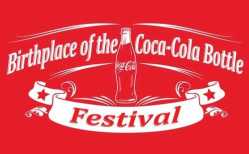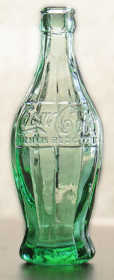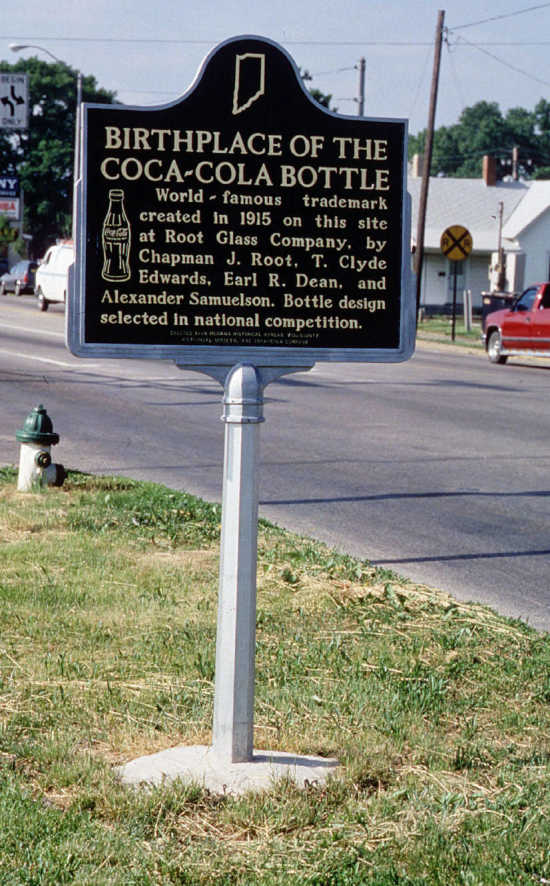Birthplace of Coca-Cola Bottle Festival on tap Saturday in Terre Haute
While the inaugural “Birthplace of the Coca-Cola Bottle Festival” is scheduled for Saturday, Sept. 22 in Terre Haute, the iconic bottle might never have been born without the help of Putnam County.

Saturday’s festival will feature Coca-Cola collectible dealers and vintage memorabilia, a children’s area, community stage, live bands, beer garden and additional activities.
Downtown Terre Haute festivities are scheduled for 10 a.m. until midnight.
The event will celebrate Terre Haute as the “birthplace” of the iconic contour Coca-Cola bottle, which was created in 1915 by Root Glass Co. as part of a contest to design a new Coke bottle. Whether or not Putnam County gets a tip of the cap at all on Saturday is uncertain, however it remains an integral part of the Coca-Cola Terre Haute connection.
While the shape of the Coke bottle is an interesting tale all its own, it is the distinctive green hue that can trace its roots to the Putnam County area known as Fern Cliff, west of Greencastle in Madison Township.

Intent on using the sandstone of the local cliffs for glass making, the Root Glass Co. bought 160 acres in the Fern Cliff area in the early 1900s.
Root Glass built a plant on that site (reportedly, the foundation is still there) at the foot of the sandstone cliffs (once fern-covered, the story goes). That plant site was serviced by the spur of a nearby railroad, which shipped the washed sand product to Terre Haute to be melted and made into bottles.
Yes, Coca-Cola bottles.
And that includes the original contour bottle whose design and color are actually registered trademarks.
“Miraculously, something in the Fern Cliff’s sand provided a greenish tinge to glass,” Greencastle historian and author John Baughman writes in his Putnam County volume, “Our Past, Their Present.”

In its heyday, the Fern Cliff quarry operated day and night, winter and summer. Over about a 10-year period, the Root Co. took a reported 20,000 tons of sandstone a year out of the Putnam County site.
Incidentally, the existence of Fern Cliff itself has been traced backed nearly 200 million years with the geological formations once the shore of an inland sea. It was also known to have been home to a Shawnee Indian tribe in the 1800s.
Meanwhile, the Coke bottle’s shape owes its origins to a 1915 contest Coca-Cola sponsored among its suppliers to create a bottle that looked like nothing else on the market.
Coco-Cola, with other companies beginning to copy its product, sought a distinctive bottle it could trademark to solidify brand identity. It wanted a container someone could recognize even by touch in the dark; a bottle shaped in such a way that even if broken, you could still tell at a glance it was a Coke bottle.
Reportedly inspired by an encyclopedia picture of the gourd-shaped cocoa pod, Root designer Earl R. Dean created the iconic bottle. By 1920, the contour bottle had become the standard for the Coca-Cola Co.
However, when Coca-Cola then began making bottles in other cities, it started duplicating the greenish hue by adding artificial coloring to replicate the original Fern Cliff/Terre Haute effect.
But history knows, the original coloring owed its roots to Putnam County.
